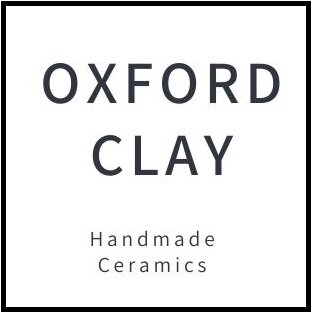89. 13 Amazing Reasons to Make a Pottery Glaze from Fallen Leaves.
Oxford Clay Podcast
Episode 89. 13 Amazing Reasons to Make a Pottery Glaze from Fallen Leaves.
It's Spring in the UK, and this is an ideal time to identify deciduous trees that will drop their leaves in the Autumn. Or perhaps you live in the southern hemisphere, where deciduous trees are doing this right now!
Did you know that any plant material can be burned into ash and made into a pottery glaze! Leaves are no exception to this, and many beautiful pottery glazes can be made with leaves that fall naturally as part of a plant’s growing cycle. As Potters, we can collect these leaves, create ash from them and make them into a pottery glaze.
The book on Leaf Ash Glazing is available here
The podcast episodes referred to in this episode about how to make a pottery glaze from leaf ash, are here:
🍂70. How to Make a Pottery Glaze with Fallen Leaf Ash - Creating the Leaf Ash
🍂71. How to Make a Pottery Glaze from Fallen Leaves - Making the Glaze
In this episode, I talk about 13 amazing reasons to make a pottery glaze from fallen leaves.
🍂 - Connects you to an ancient pottery tradition.
🍂 - Ash glaze recipes are often very simple and easy to make.
🍂 - Leaf ash creates many unique and special-looking pottery glazes.
🍂 - Leaf ash glazes work really well with colouring oxides.
🍂 - Fallen leaves are free and abundantly available.
🍂 - Leaf ash can be locally sourced.
🍂 - Leaf ash made from fallen leaves is a renewable glaze-making ingredient.
🍂 - Using ash reduces a Potter’s reliance on mined pottery materials.
🍂 - Fallen leaves create more ash for glazing than wood does.
🍂 - Using fallen leaves stops trees from being felled for ash.
🍂 - Leaf ash glazes are naturally coloured with trace metals in the ash.
🍂 - Foraging for leaves in nature is good for your well-being.
🍂 - Foraging is a natural activity for humans.
The pottery glaze recipe for a stoneware leaf ash glaze is:
40 parts - Sieved Leaf Ash
40 parts - Cornish Stone
20 parts - Quartz
Submit a pottery question to the podcast:
Get your pottery question answered on the podcast!
Submit your pottery question to the Oxford Clay podcast by emailing your question to: info@oxfordclay.co.uk with the subject line ‘Podcast Question’.

